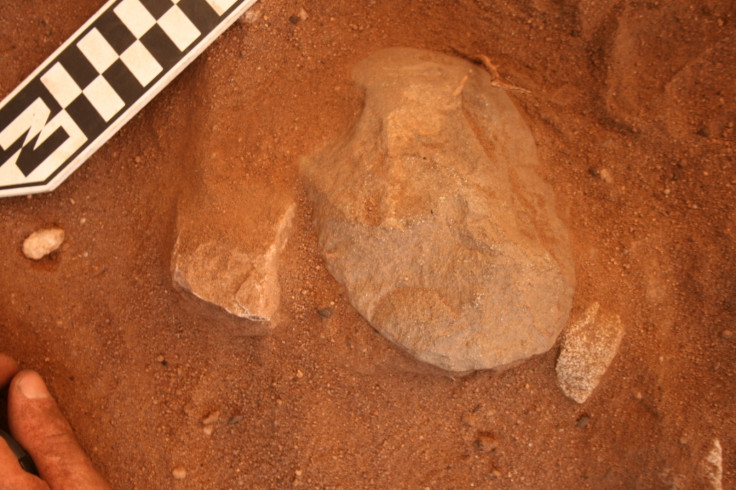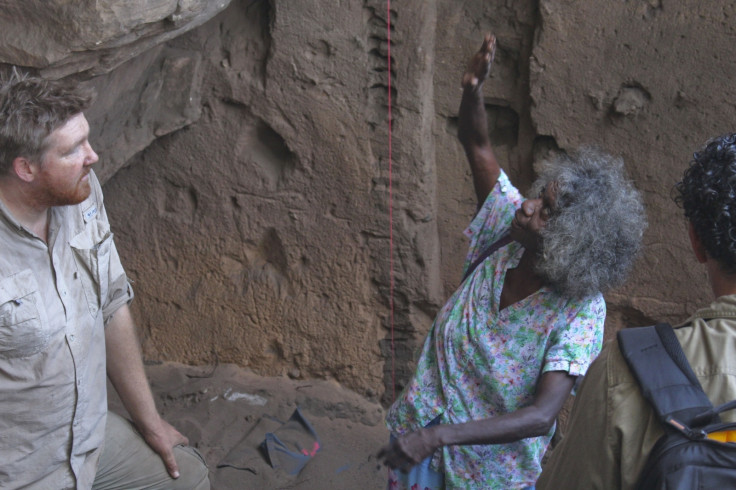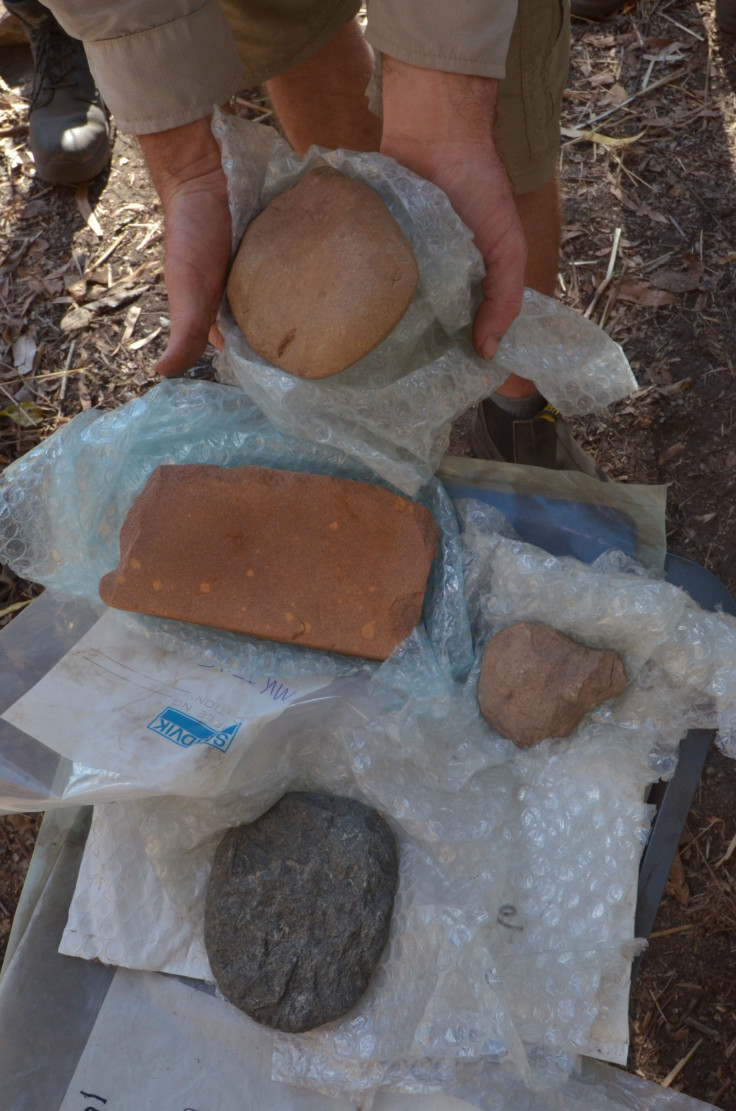First humans in Australia were sophisticated hunters and artists 65,000 years ago
Aboriginal Australian history is many thousands of years longer than we thought.
Stone tools discovered at a site called Madjedbebe in north Australia reveal that human life in Australia began a lot earlier than we thought. An excavation has revealed 11,000 artefacts dating from as long as 65,000 years ago.
Previously, scientists estimated that humans first came to Australia around 50,000 years ago, although some estimates put it further back at about 60,000 years ago. Now the date has been pushed back further still, finds research published in Nature.
The artefacts at Madjedbebe are buried in several distinct layers, showing that the shelter was occupied for prolonged periods of thousands of years on several occasions. Stone axes, grinding stones and hatchets were found dating back from the oldest layer of occupation at the site. There were also ochre 'crayons' suggesting that the early humans of Australia developed ornamentation and art as part of their culture. The oldest of the artefacts were dated to 65,000 years old using radiocarbon dating and a technique called optical stimulated luminescence.
As well as revealing that there is at least another 5,000 to 15,000 years of human history in Australia to discover, the find hints at the answer to a long-standing puzzle: did humans bring about the demise of the Australian megafauna or not?
Australia was once home to giant wombats and other large creatures, now extinct for more than 45,000 years. Some researchers believed that the arrival of humans with sophisticated hunting techniques put pressure on the megafauna and drove them to extinction. But the new findings don't support that view.
"Previously it was thought that humans arrived and hunted them out or disturbed their habits, leading to extinction, but these dates confirm that people arrived so far before that they wouldn't be the central cause of the death of megafauna," study author Ben Marwick of the University of Washington said in a statement.
"It shifts the idea of humans charging into the landscape and killing off the megafauna. It moves toward a vision of humans moving in and coexisting, which is quite a different view of human evolution."

The researchers worked with the local Aboriginal community and the Gundjeihmi Aboriginal Corporation, which represents the Mirarr people, throughout the excavations. Previous findings have shown that in many regions of Australia, Aboriginal communities have lived in the same region of land for 50,000 years or more.
"Together, we were working on establishing questions: What kind of environments did these people live in? What was the climate like? Were there any disturbances to the site, and were artefacts mixed up from different ages?" Marwick said.
The Madjedbebe site has been under excavation since the 1973. It's hoped that further investigation at the site will reveal the answers to these questions.


© Copyright IBTimes 2025. All rights reserved.






















